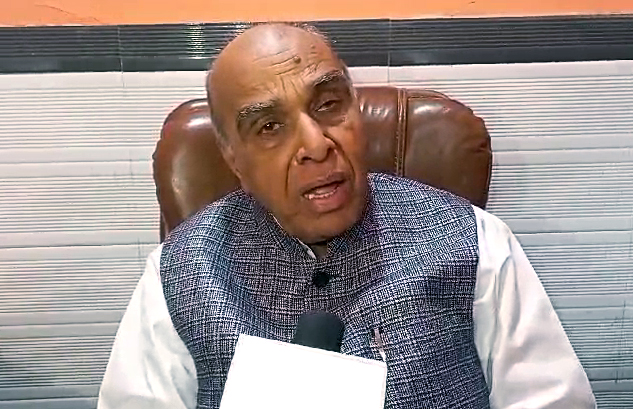The United States, celebrated as one of the oldest democracies in the world, is gearing up for a pivotal election on November 5, 2024. This election is brimming with key narratives that promise to make it one of the most anticipated in recent history. Among some noteworthy events leading up to this election are an assassination attempt on former President Trump, President Biden’s unexpected withdrawal from the race, and candidates offering cash prizes to entice registered voters. With polls indicating a tight race across every state, each state and demography presents its own unique dynamics and a close competition.
How is a President elected in the United States?
In the 2024 U.S. elections, approximately 240 million citizens are eligible to vote. However, the winner will not be determined by the popular vote but through the Electoral College. To win the presidency, a candidate must secure a majority of the 538 Electoral College votes distributed among the 50 states—specifically, 270 votes. Each state is allocated a specific number of electors based on its population, as determined by the census. For instance, Alaska has 3 electoral votes, while California boasts 54. When Americans cast their votes, they are voting for these electors, who are pledged to represent their preferred candidates. In most states, except for Maine and Nebraska, if a candidate receives the majority of votes, they receive all of that state’s electoral votes. For example, if Kamala Harris wins the popular vote in Minnesota, which has 10 electoral votes, she will claim all 10 of those electoral votes.
A Farewell to Biden: The Rarity of Withdrawal
In a key turn of events, Joe Biden withdrew from the presidential race in July 2024, just months before the election. This decision was influenced by a growing lack of trust among voters, particularly after a challenging debate against former President Trump. Biden’s exit marks him as a rare figure in U.S. political history—one of only eight candidates to withdraw from a presidential race and the first to do so in over 50 years since 1968. His withdrawal signified the end of his presidential legacy, with Vice President Kamala Harris stepping in as the Democratic presidential candidate. It is noteworthy that Biden previously served as vice president under Barack Obama before assuming the presidency.
Entering of Harris in the race turned the fortunes for the democrats.
If opinion polls are to be trusted, one witnesses a unanimous increase in support for democrats with entry of Harris, who not only outshined Trump with massive number of endorsements but with also greater fund collection. However, the popularity of Trump has not fluttered either. He has been consistent in asserting that Harris represents all the political ills he blamed Biden with and has gained endorsements from widely popular people like Elon Musk.
The Swing States: Key Players in the Election
The seven swing states—Arizona, Georgia, Michigan, Nevada, North Carolina, Pennsylvania, and Wisconsin—are believed to hold the keys to the White House. In 2020, Democrats won the presidency with crucial support from Arizona, which voted for the party’s candidate for the first time since the 1990s. Georgia remains a critical battleground, especially as Trump faces charges related to election interference in the state. Michigan has consistently played a significant role, having picked the winning candidate in the last two elections. Traditionally a blue state, Nevada shows signs of a Republican resurgence in 2024. The dynamics in North Carolina have shifted since Harris entered the race; although Trump won the state in 2020, it is now considered a “toss-up.” Pennsylvania, a keystone state with considerable Electoral College votes, is particularly vital, notably as the site of Trump’s assassination attempt. Lastly, Wisconsin, like Michigan, has voted for the winning candidate in both 2016 and 2020, often by margins of about 20,000 votes.
Together, these swing states command more than 90 Electoral College votes, making them potentially decisive in determining the outcome of the 2024 presidential election.
Diverse Demography and Demands Shaping the Election
In this election, 40.8 million young voters (aged 18-27) are eligible to participate, with approximately 8.3 million of them being new voters. Notably, around 45% of the Gen Z electorate identifies as youth of color. The U.S. demographic landscape includes an estimated 47.9 million black Americans. Additionally, more than 62 million Latin Americans and nearly 5 million Indian Americans reside in the U.S., contributing to a rich tapestry of demographic diversity.
With such diversity poised to impact the election, the demands across states vary widely. However, pressing issues such as the economy, abortion rights, and immigration dominate the discourse. The significance of these topics, along with the differing positions of each demographic, has generated a complex and dynamic electoral environment, making this election one of the most closely watched and anticipated in U.S. history. The significance of these issues and the positions of each demographic have varied across polls, making this election one of the most closely watched and anticipated in U.S. history that will not have just a nation but a global impact.




















